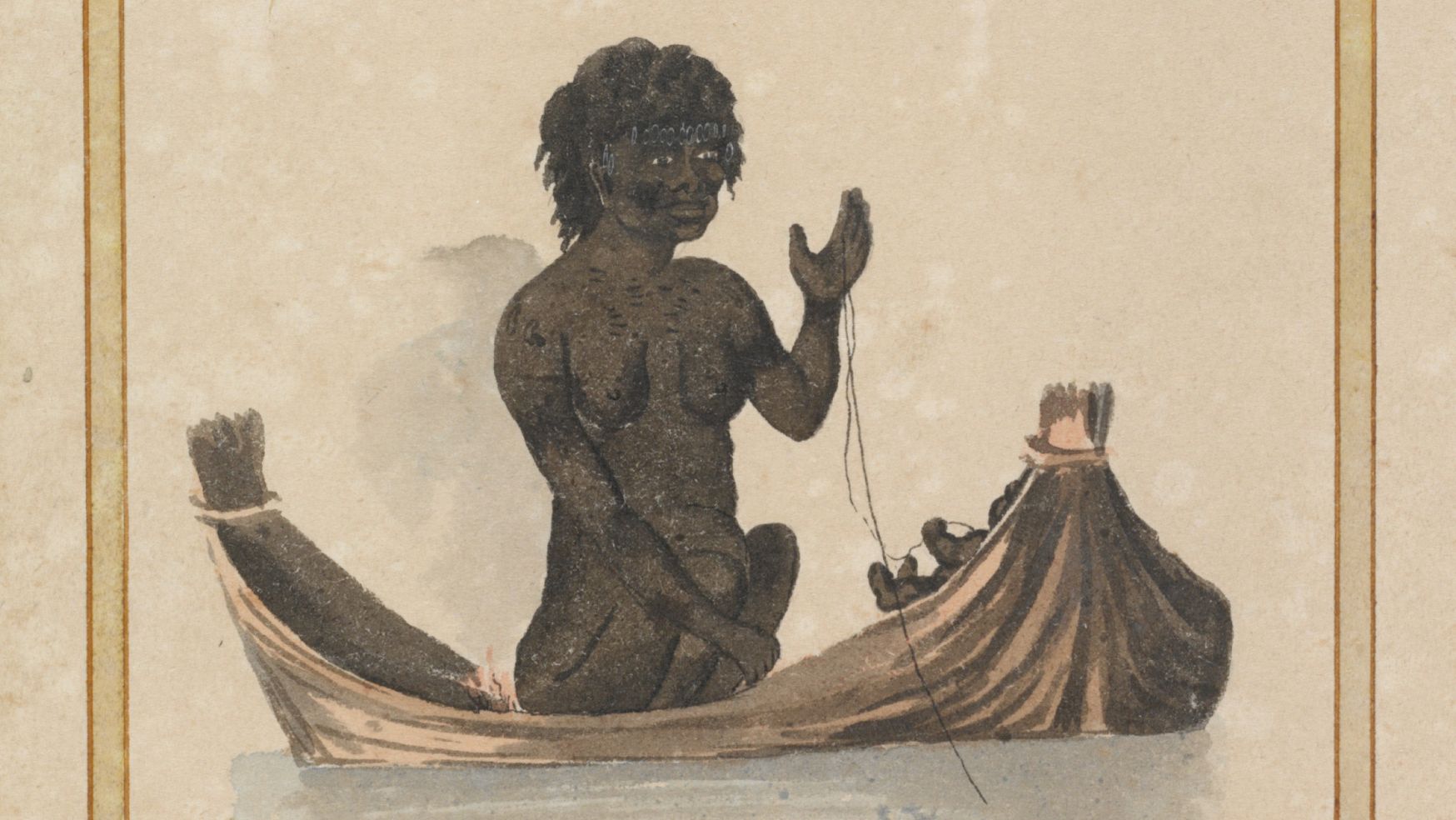Cummeragunja Walk Off
This page marks the 80th anniversary of the Cummeragunja Walk Off which began in February 1939 and ended nine months later in October/November.
1939 Cummeragunja Walk Off
The Cummeragunja Walk Off was a protest by Aboriginal people at Cummeragunja Station.
On 4 February 1939 about 200 Yorta Yorta people walked off Cummeragunja Station in southern NSW.They were protesting against the poor living conditions and management of the station. They crossed the Murray River into northern Victoria and established a strike camp on the river bank at Barmah.
The strike camp lasted for nine months and eventually the mission manager was transferred. Some Yorta Yorta people returned to the station but many preferred to remain in Victoria.
The Cummeragunja Walk Off has been described as the first ever mass strike of Aboriginal people in Australia. It brought about changes to the Aborigines Protection Act of NSW.
Related records
Note on content of some records
Researchers should be aware that the records may contain images or documentation relating to Aboriginal people who are deceased. Researchers are warned that there may be words and descriptions which may be considered sensitive and/or offensive in today’s contexts.
NRS 905 Chief Secretary Records relating to Aboriginal Affairs (1938-49) File number A1000 [12/7584.1]
This file includes the original petition submitted by station residents requesting that the Station Manager be removed (pp97-99).
NRS-3829 School files [14/7444] Cummeragunja Aboriginal School, 1940-79
These documents relate to a meeting that was held towards the end of the Walk Off, in October 1939, between a Cummeragunja community group and the Minister regarding the education of the children.
More First Nations content

First Nations
A fisher woman of Warrane
Daringa’s short but fascinating life reflects the connection of coastal Aboriginal peoples to the water, and the key role played by women in the fishing economy

Alexander Riley, legendary Aboriginal police tracker
The remarkable talents of Aboriginal trackers who worked for NSW Police in the 20th century are featured in a display at the Justice & Police Museum

Cast in cast out: recasting fragments of memory
An in-depth look at Dennis Golding's experiences and childhood memories of growing up in ‘The Block’
Guides to the records
Aboriginal resources: an overview of records
A brief overview of the State archives that document the NSW government's interaction with Aboriginal people from 1788 until today
Aboriginal resources: a guide to NSW State archives
A listing and description of records in our collection which relate to Aboriginal people
19th Century Aboriginal population records
Aboriginal and Torres Strait Islander people are respectfully advised that our collection may contain images or names of deceased people in photographs or text. We acknowledge that language in the records referring to Aboriginal people may be confronting and in some instances would be considered offensive if used today.
Published on